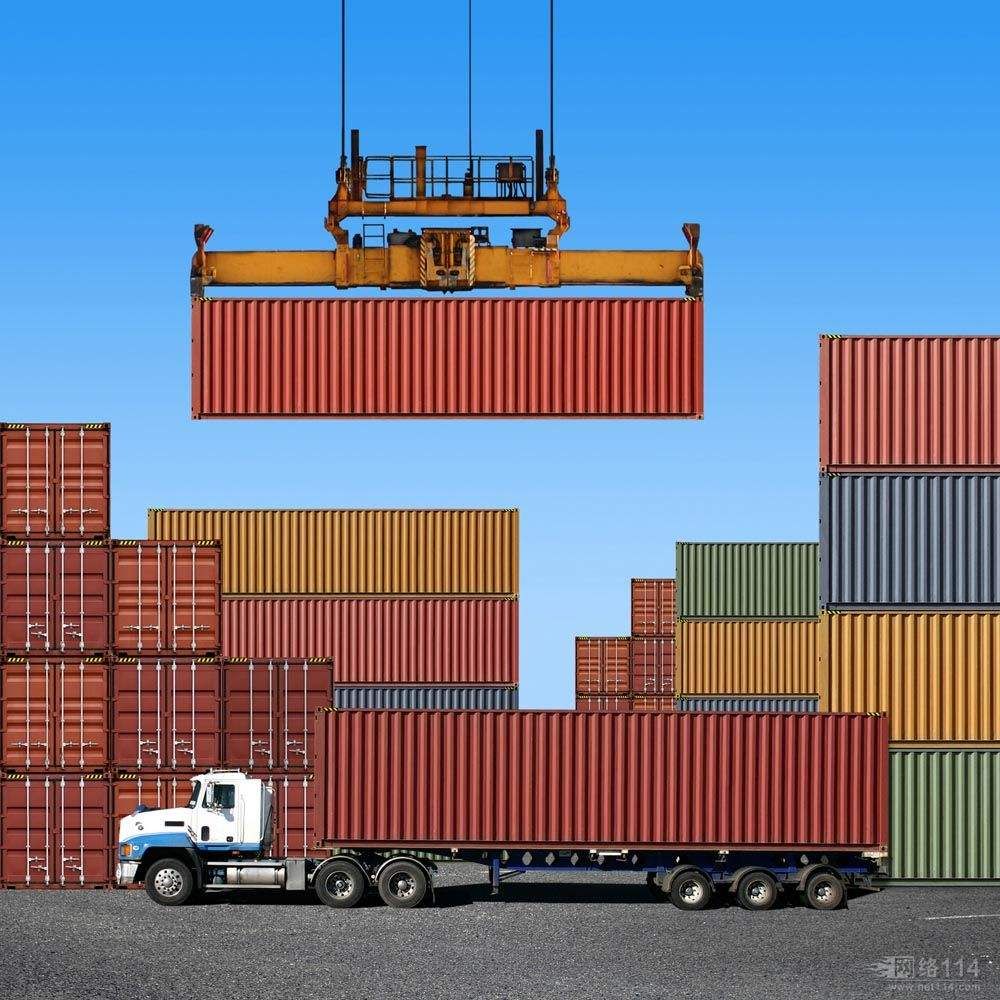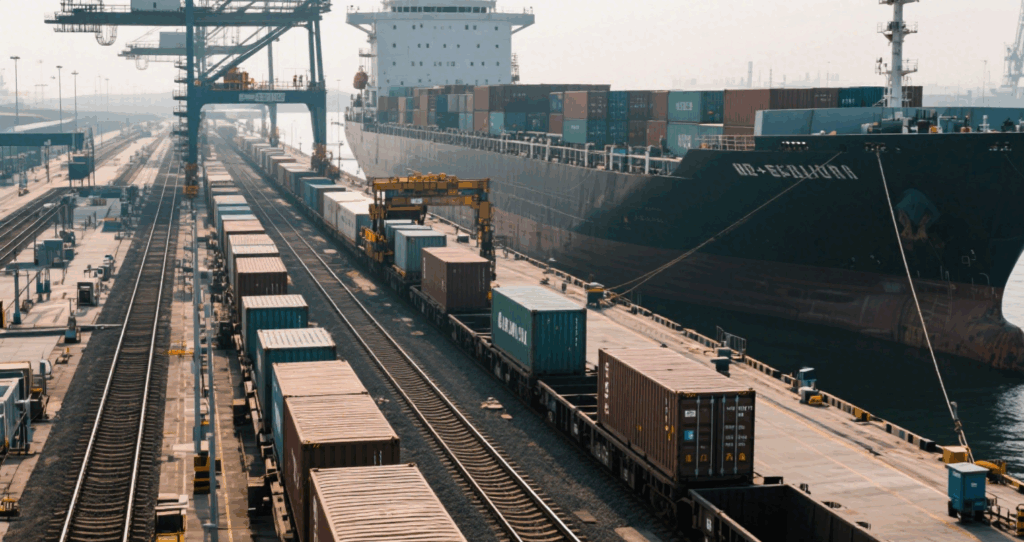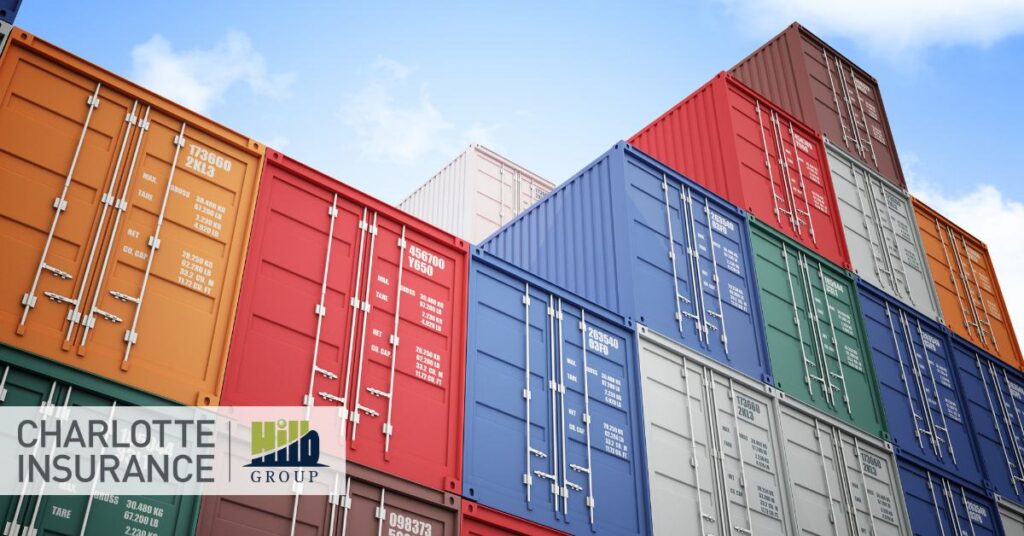Global trade relies heavily on the use of a China container logistics, as most cargo moves across seas in standardized steel boxes. However, importers often face questions about pricing, container sizes, transit times, and customs rules. This article explains everything clearly, including costs, shipping methods, and real case studies.
What Is a Shipping Container from China?
How Much Does a China cargo containers Cost?
Prices vary by size, destination, and season.
| Container Size | China → USA (USD) | China → Europe (USD) | China → Latin America (USD) |
|---|---|---|---|
| 20GP | $2,800–$3,200 | $2,900–$3,400 | $3,200–$3,600 |
| 40GP | $5,500–$5,900 | $5,700–$6,200 | $6,000–$6,500 |
| 40HQ | $5,800–$6,200 | $6,000–$6,500 | $6,200–$6,800 |
📌Costs depend on routes, container size, and seasonal demand. Sea freight remains the cheapest method for bulk cargo.
What Are the Available cargo containers Sizes in China?
| Container Type | Internal Volume | Best for | Notes |
|---|---|---|---|
| 20GP | 28 CBM | Heavy cargo | Ideal for dense goods like metals |
| 40GP | 58 CBM | Medium volume | Balanced for mixed shipments |
| 40HQ | 68 CBM | Light bulky cargo | Perfect for furniture and textiles |
| Reefer | 20–40 ft | Perishables | Temperature-controlled shipments |

Which Shipping Methods Apply to Containers from China?
| Mode | Transit Time | Cost Level | Pros | Cons |
|---|---|---|---|---|
| Sea Freight | 25–40 days | Lowest | Economical, high capacity | Slow transit |
| Air Freight | 5–9 days | Highest | Fast, secure | Very expensive |
| Rail Freight | 18–22 days | Medium | Balanced, eco-friendly | Limited routes |
| Courier | 3–8 days | Variable | Door-to-door | Not suitable for large volumes |
What Are the Typical Transit Times for Container Shipping?
| Destination | Average Transit Time | Mode |
|---|---|---|
| USA West Coast | 20–25 days | Sea |
| USA East Coast | 28–35 days | Sea |
| Northern Europe | 25–32 days | Sea |
| South America | 30–40 days | Sea |
| Rail China–Europe | 18–22 days | Rail |
| Air Freight Global | 5–9 days | Air |
What Documents Are Required for China container logistics?
Importers must prepare correct paperwork to avoid costly delays.
- Commercial Invoice
- Packing List
- Bill of Lading or Air Waybill
- Certificate of Origin
- Import Declaration
- HS Codes and Tariff Numbers
Real Case Studies
Case 1 – Furniture via Sea Freight
- Route: Shanghai → Los Angeles
- Cargo: 1x40HQ furniture sets
- Cost: $5,900
- Transit Time: 32 days
- Mode: Sea Freight
- Result: Lowest per-unit cost, required warehousing
Case 2 – Textiles via Rail Freight
- Route: Xi’an → Hamburg
- Cargo: 1x20GP mixed textiles
- Cost: $3,400
- Transit Time: 20 days
- Mode: Rail Freight
- Result: Balanced time and cost, good for seasonal fashion

Should You Choose FCL or LCL for China container logistics?
| Criteria | FCL (Full Container Load) | LCL (Less than Container Load) |
|---|---|---|
| Best for | Large shipments, one buyer | Small shipments, multiple buyers |
| Cost | Lower per unit | Higher per unit |
| Risk | Less cargo handling | More handling, more risk |
| Speed | Faster, direct shipping | Slower, requires consolidation |
How Do Incoterms Affect China container logistics?
- FOB (Free on Board): Seller delivers to port, buyer controls shipping.
- CIF (Cost, Insurance & Freight): Seller pays freight and insurance, buyer pays duties.
- DDP (Delivered Duty Paid): Seller covers all costs, less common for containers.
Choosing the right Incoterm determines cost responsibilities and risk allocation during transit.
Can SMEs Benefit from Using China container logistics?
Absolutely. SMEs reduce costs with LCL shipping, share containers with other importers, and still access global supply chains efficiently. Additionally, freight forwarders help small businesses optimize consolidation and minimize customs risks.
Conclusion
To summarize, a shipping container China provides an efficient way to transport goods globally, balancing cost, speed, and reliability. Sea freight offers the lowest per-unit costs, rail balances price and time, and air provides speed for urgent cargo. Moreover, SMEs can benefit from LCL options, while larger firms save more with FCL. Choosing the right Incoterm and freight partner ensures smooth customs and reduced risk. Ultimately, shipping containers from China remain the backbone of international logistics.
- Consult TJ China Freight Forwarding for the lowest quote. They will provide you with reliable, cost-effective service.
FAQs
Q1.What is the cheapest way to use a shipping container China?
LCL sea freight is the cheapest shipping container China option, reducing costs for small-volume importers and e-commerce companies worldwide.
Q2.How can I track a shipping container China shipment?
Most carriers provide online tracking for every shipping container China, offering transparency and updates on transit time and location.
Q3.Can I rent instead of buy a shipping container China?
Yes, leasing a shipping container China is possible, offering flexibility for temporary projects without large upfront costs or commitments.
Q4.What customs fees apply when using a shipping container China?
Customs duties, VAT, and clearance fees all apply when using a shipping container China, depending on HS code classification and country.
Q5.Are rail freight routes suitable for shipping container China?
Yes, rail freight shipping container China services link China and Europe, offering balanced transit times and competitive rates for importers.





